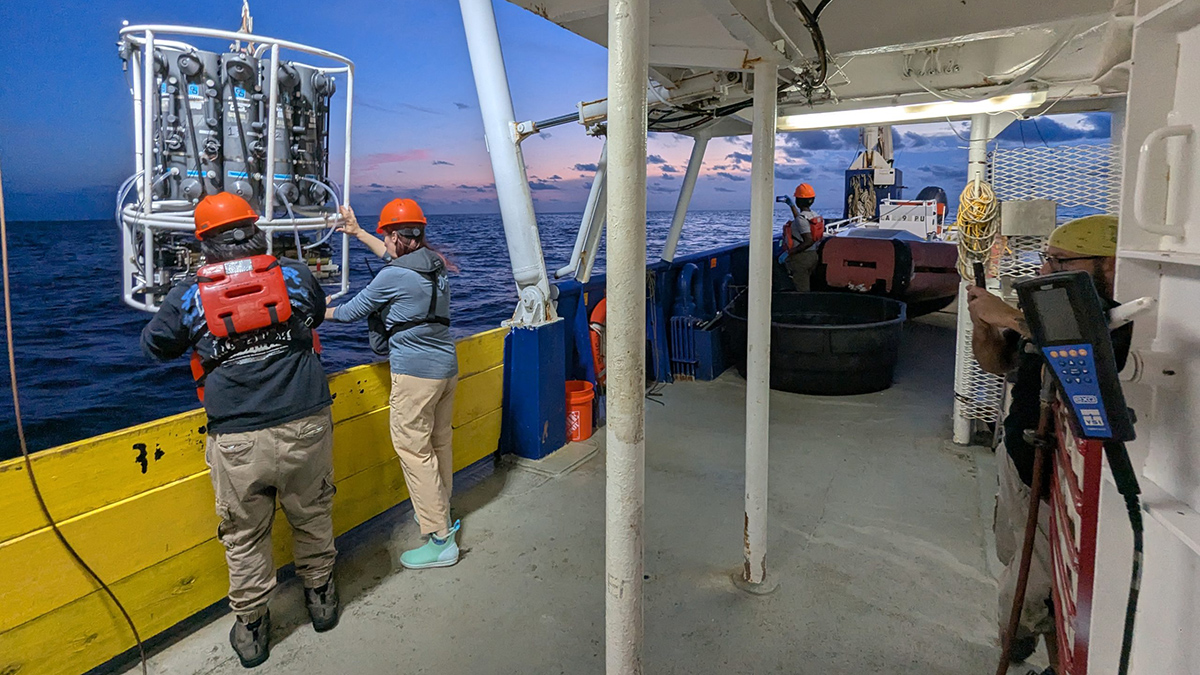Funding cuts are affecting The Pelican’s annual hypoxia cruise to investigate the environmental conditions off the coast of Louisiana.
Elise Plunk
Posted inNews
Louisiana’s Wetlands Store Massive Amounts of Carbon. But When Destroyed, They Release It.
Louisiana’s wetlands are one of the planet’s most vital carbon storage centers, but destroying these reservoirs can accelerate harmful emissions that intensify global warming, according to experts.


